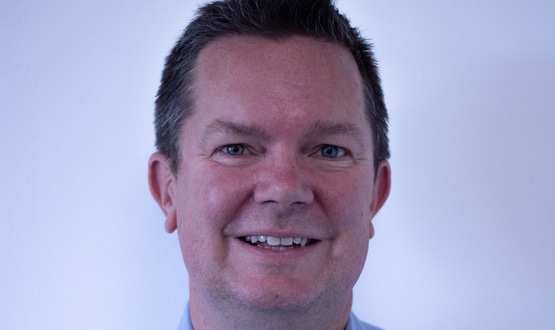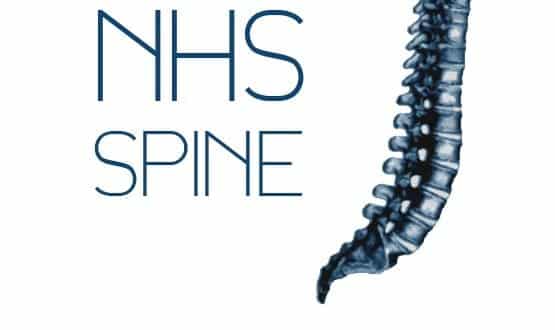National Programme sets strategy for non-LSP suppliers
- 12 August 2004
The majority of current NHS clinical systems in England will be replaced in the next four years, according to new guidance for existing suppliers published today by the National Programme for IT. A small number of departmental systems number will be integrated into two portfolios built around the two dominant solutions – iSOFT’s Lorenzo and IDX Systems’ Carecast – developed for the five local service providers (LSPs) covering England. The guidance document confirms industry speculation that most existing clinical systems will be replaced in the next two to five years and that few will need to become Spine-compliant. Indeed the national programme urges suppliers not to embark on speculative compliance work unless it asks them to do so formally. The guidance to existing suppliers sets out for the first time the principles that will determine which current suppliers are expected to become compliant with the NHS Care Records Service (CRS) ‘Spine’. ‘Existing systems’ becomes the new in vogue term for ‘legacy’ systems. Gordon Hextall, chief operating officer of NPfIT explained to E-Health Insider the ‘existing’ was now preferred due to “the pejorative connotations of the term ‘legacy’". In addition, NPfIT has established a new ‘Existing Suppliers Programme’ to work with the supplier community and manage the process of systems compliance. Whatever the preferred term, the guidance makes clear that the majority of systems currently in use will be replaced within four years. Exceptions will be the immediate changes needed to meet priorities such as the Choose and Book and Electronic Transfer of Prescription (ETP) targets. These require the majority of GP, Patient Administration Systems and Community Pharmacy Systems to be made Spine compliant, but the majority of existing clinical systems will not follow them. This bald fact, however uncomfortable to existing suppliers, is central to NPfIT’s strategic approach and is for the first time fully spelt out in the guidance. “Following the selection of LSPs and two ‘core’ clinical applications for the NHS [iSOFT’s Lorenzo and IDX Systems’ Carecast], it has been implicit that these systems will ultimately replace existing NHS clinical systems." James Drewer, healthcare programme manager with suppliers’ trade body intellect, told EHI: “We really welcome this guidance, its something we’ve been asking for. It will help focus suppliers’ thinking and decision making." The guidance states that the approach set out does not constitute a rip-and-replace policy. “It is not sensible to quickly replace a new system that is delivering demonstrable benefit to NHS staff. Conversely it is not sensible to sustain an ageing system that is becoming increasingly expensive and difficult for both the trust and supplier to maintain or integrate with other local NHS services." Timings will vary. The guidelines advise: “As a general rule it can be anticipated that the majority of existing systems will have been replaced, or integrated within either an LSP solution or management responsibility, at some point in the next two to five years." The document states that where systems are to be made Spine compliant it is expected the costs will be borne by the supplier. “It is the NPfIT’s responsibility to decide which systems to support in achieving compliance, and the priority order…" The guidance emphatically advises suppliers “not to invest in speculative work to achieve compliance where this has not been formally requested by the NPfIT." Within the NHS Portfolio model set out, six systems will be “core” to NHS clinical systems operation: The NHS CRS ‘Spine’, providing the national databases and pan-national functions such as security and authentication, together with the route to other national applications such as ETP and Choose and Book; and the five LSP solutions which fall into “two distinct families”: the iSOFT “Lorenzo” core system and the IDX “Carecast" core system. The guidance states that within this model “it can clearly be seen that only a limited number of systems interact with the Spine (i.e. are “Spine compliant”)”. “Within the portfolio model specialist departmental systems will interface to the LSP core solution. They do not directly connect to the Spine." A portfolio of departmental systems will be chosen by each LSP; in most cases each portfolio will only offer one departmental solution in each specialist area. Within the document GP systems are described as another “departmental solution", albeit one where a range of solutions is to be offered. The guidance indicates that for GP systems there may be an LSP solution in each cluster and non-LSP alternatives: “Whilst one may be an integral part of the core application, others will be separate specialist systems, from another supplier, to which the core application interfaces." As an interim measure the Spine will support direct connection of existing PAS and GP systems in order to deliver the early targets of Choose and Book and ETP – which fall before the LSP solutions become available. But from late 2004, or in the longer term (2008-2010), existing PAS/HIS and GP systems will be replaced by LSP solutions. In light of the portfolio strategy, the guidance says that many existing PAS/HIS systems suppliers will be planning the closure of their existing product lines: “Existing suppliers of PAS/HIS systems will therefore be considering how best to manage the future and ultimate closure of a specific product line, within their business portfolio." To migrate from the existing departmental systems currently in place to the LSP solution, it is envisaged that LSPs and local NHS trusts will jointly put in place interfaces that will allow some existing departmental systems to continue to operate. The guidance makes clear that the number of interfaces will be strictly limited, partly due to the overall NPfIT objective of standardisation, the economic realities for suppliers outside the programme, and the sheer practicalities of making multiple systems compliant and developing necessary interfaces. “These pressures will result in a situation where the LSP and cluster agree to support interfaces with a relatively low number of departmental systems – the systems supported will, in effect, become a ‘cluster portfolio’." It is envisaged that this will result in two cluster portfolios being developed that interface with either the core IDX or iSOFT solution. The guidance states that the NPfIT, cluster management and LSPs are considering what the cluster portfolio should comprise and that additional guidance will be issued regarding interfacing departmental systems to NPfIT systems. Additional guidance is also promised on Spine compliance for systems for: The NPfIT Existing Supplier Programme can be contacted by suppliers by contacting industry.liaison@npfit.nhs.uk or at www.npfit.nhs.uk/supplierliaison




